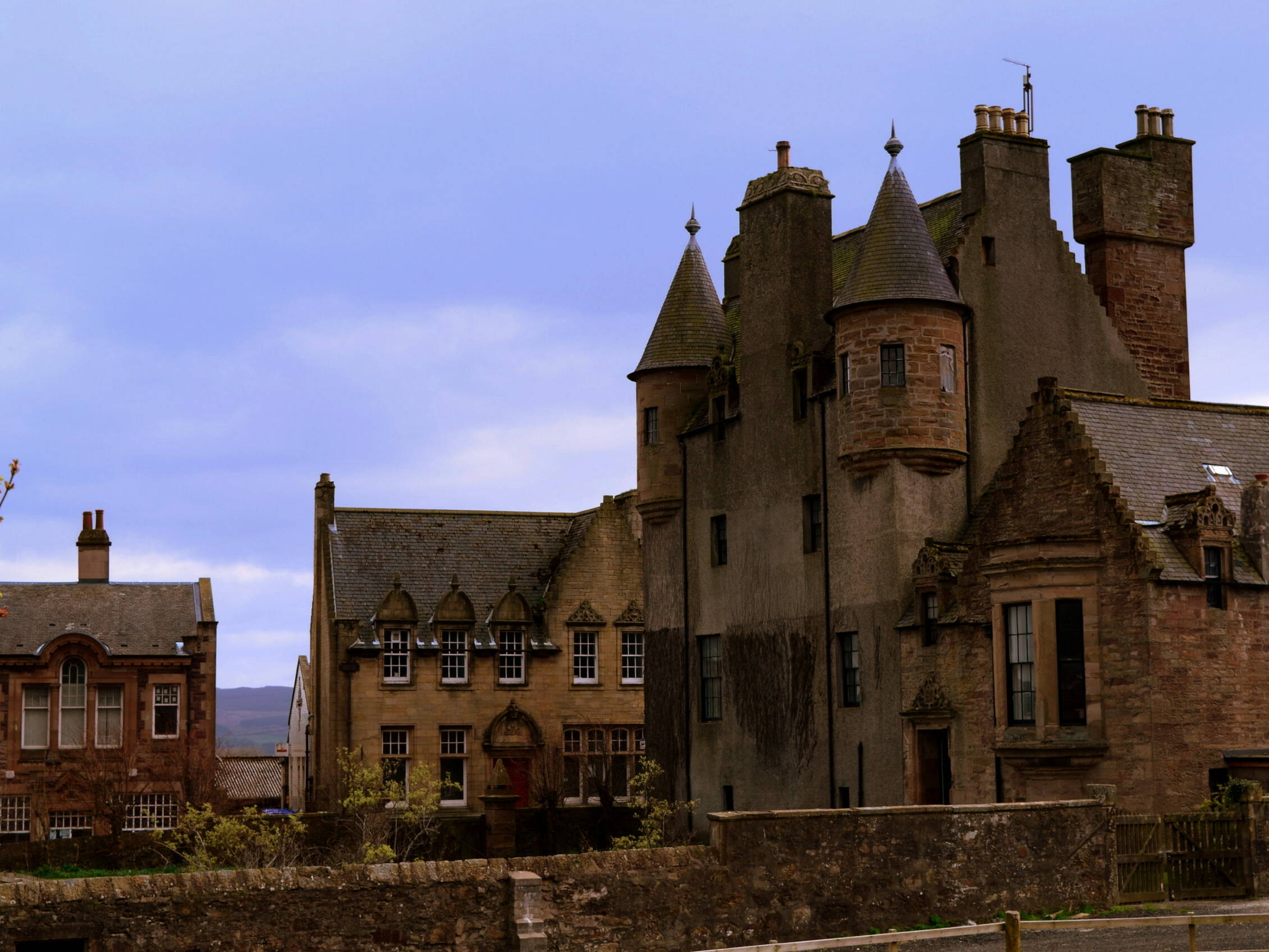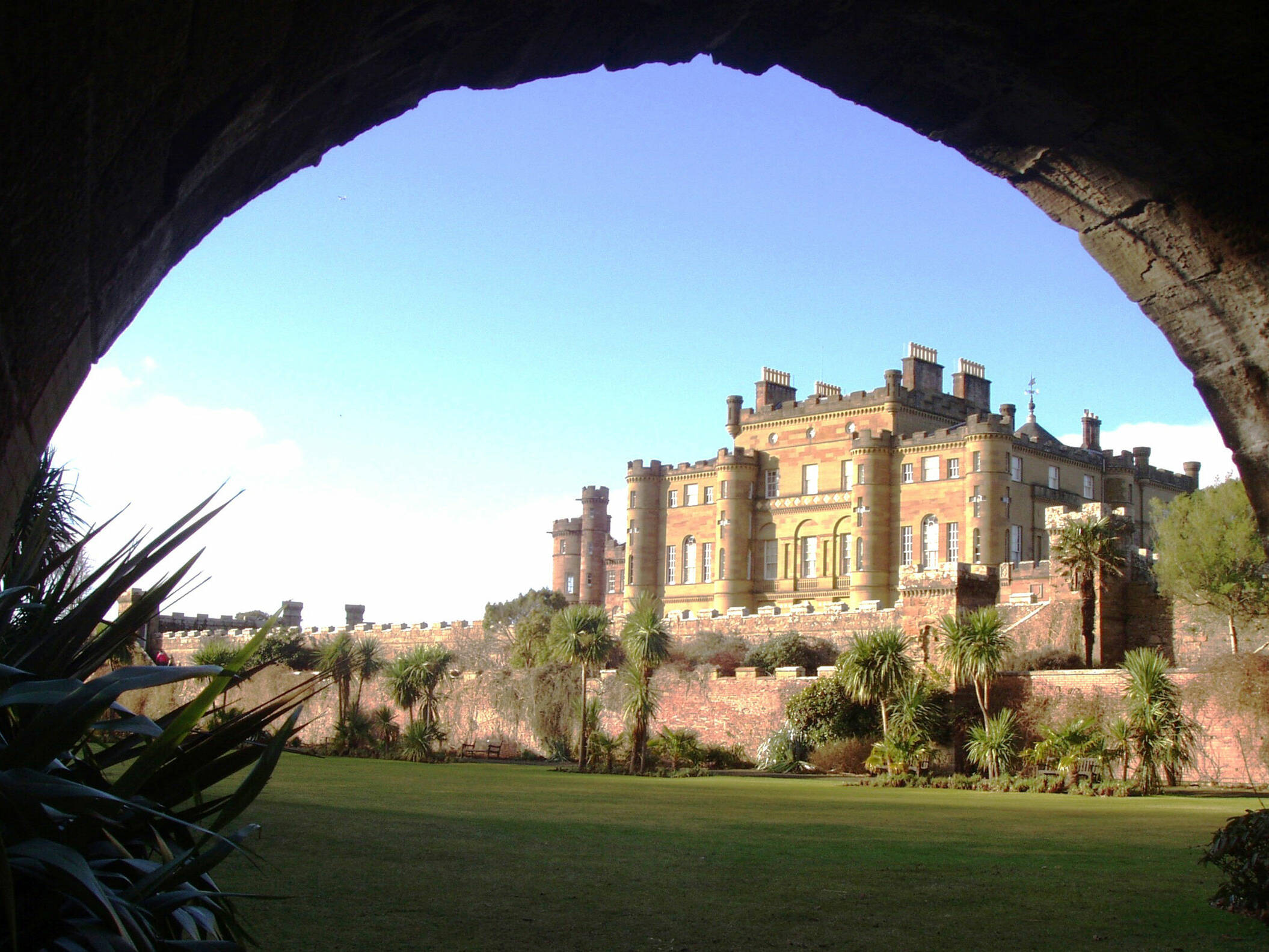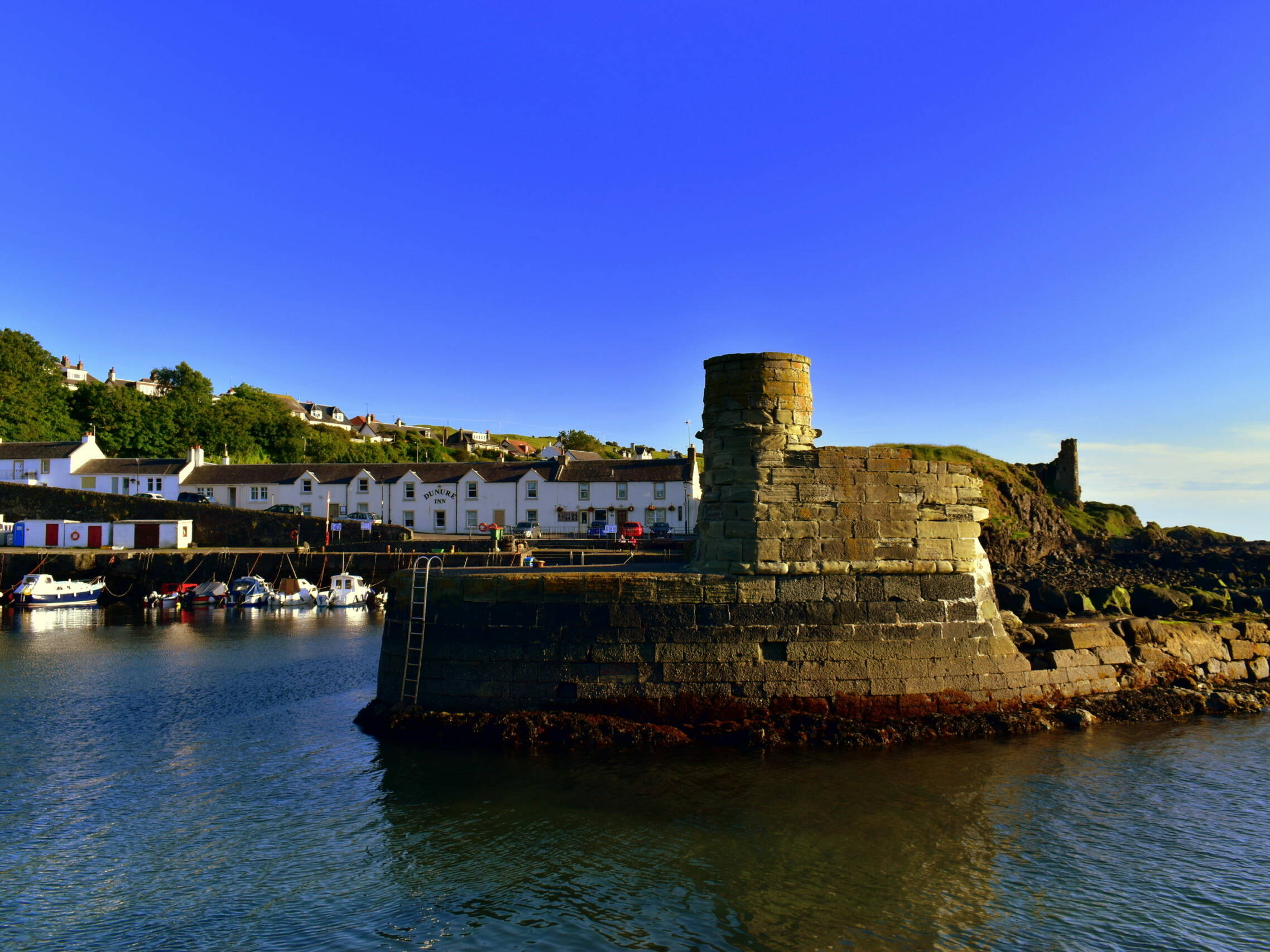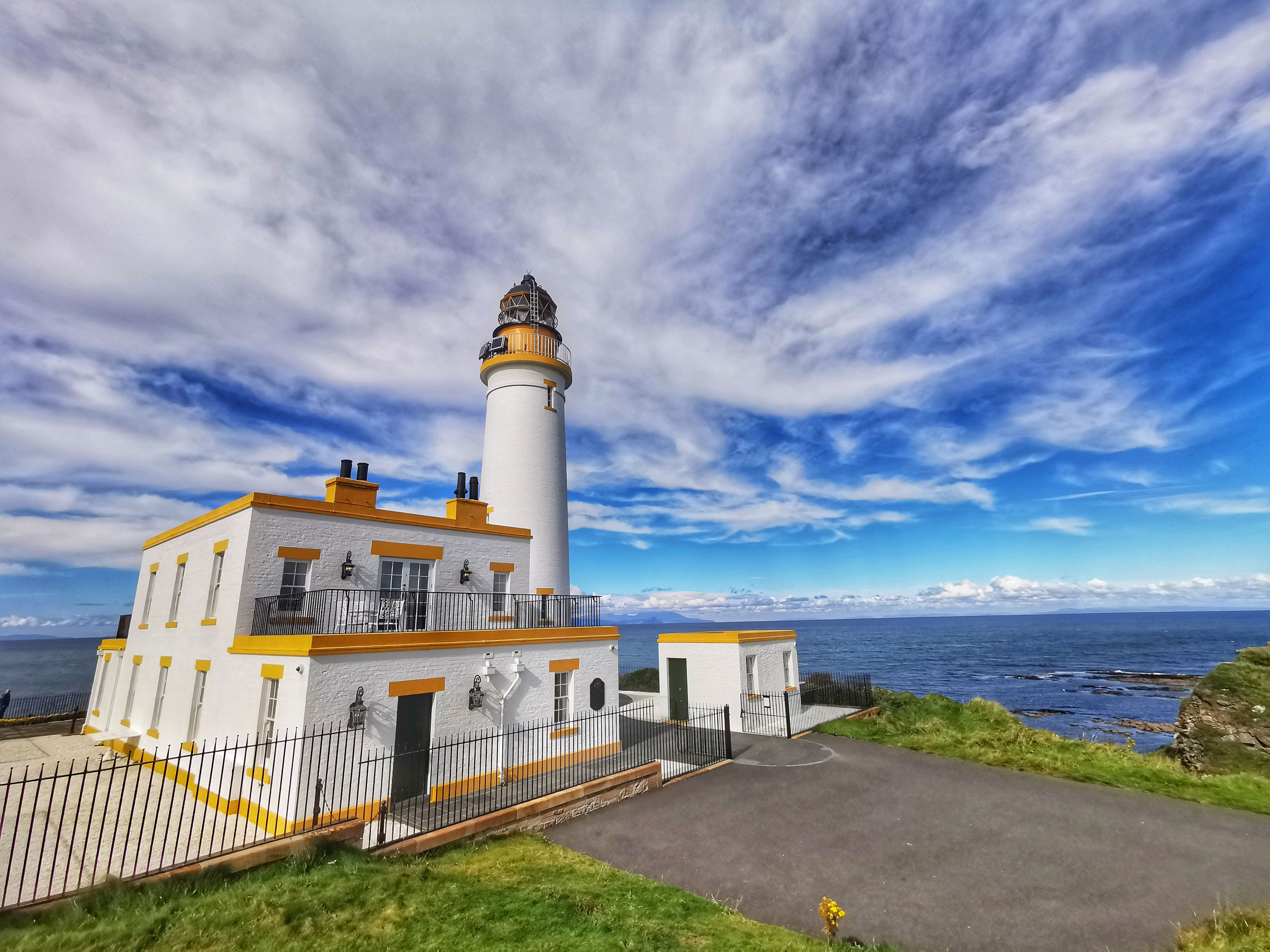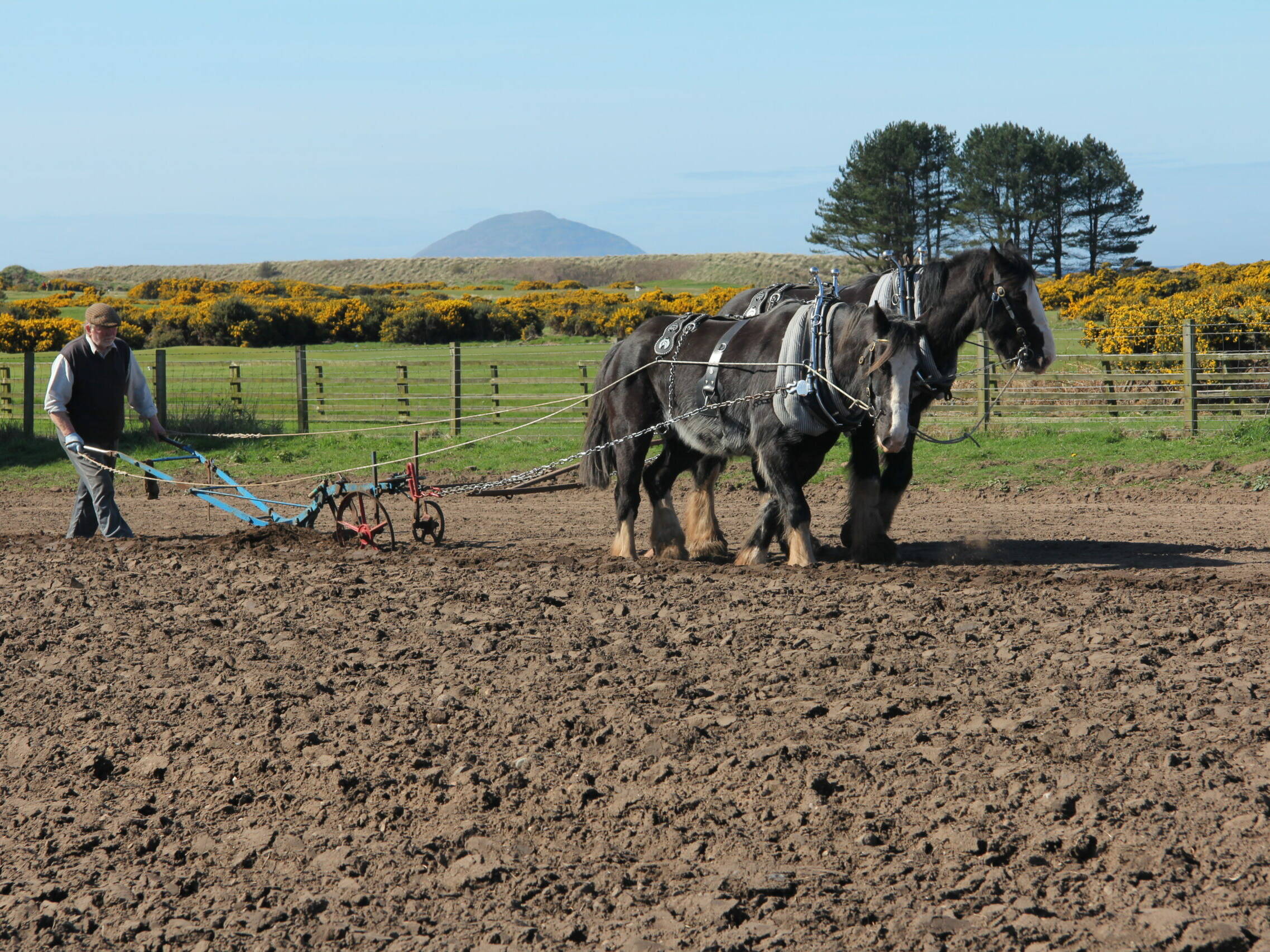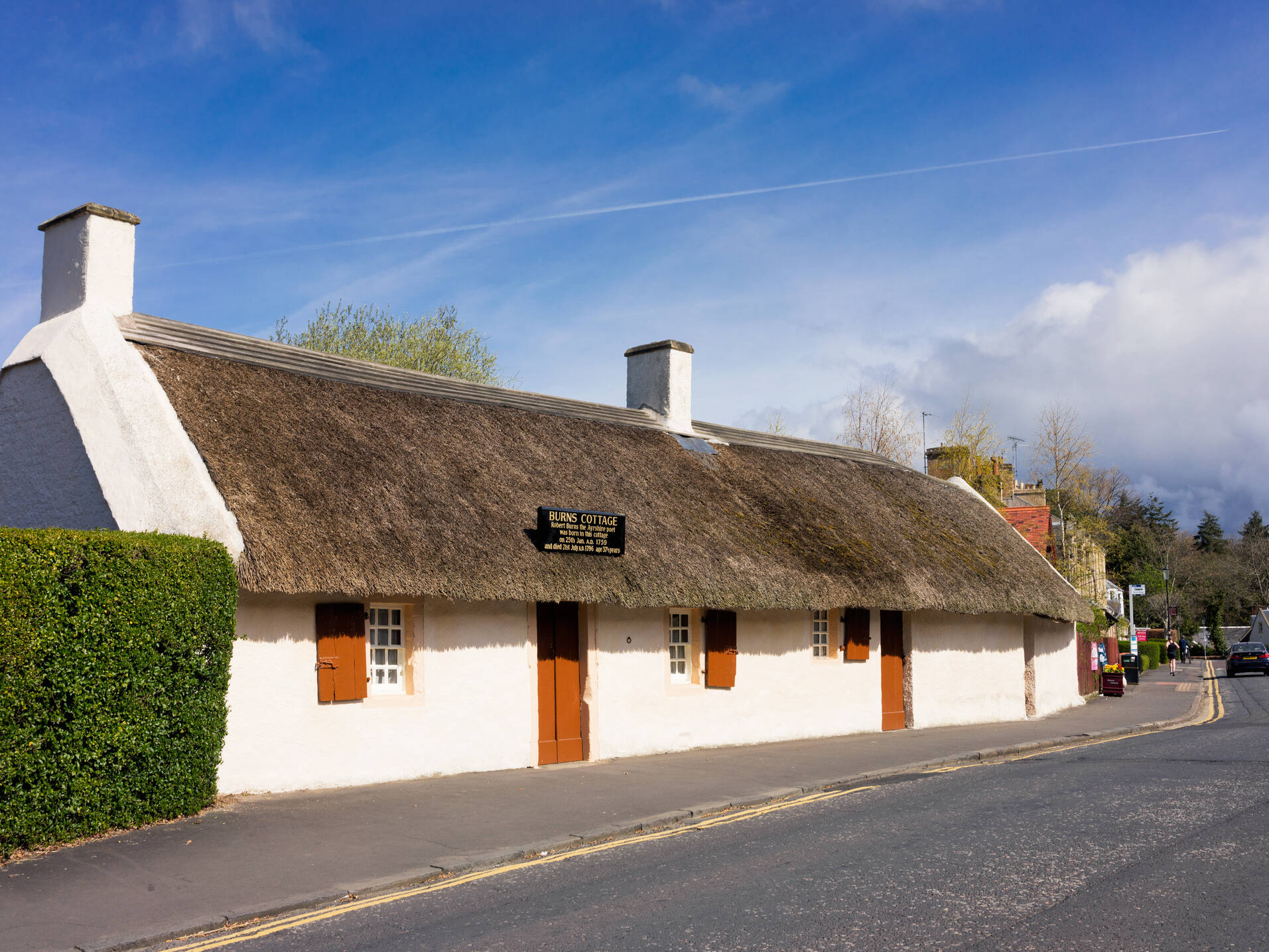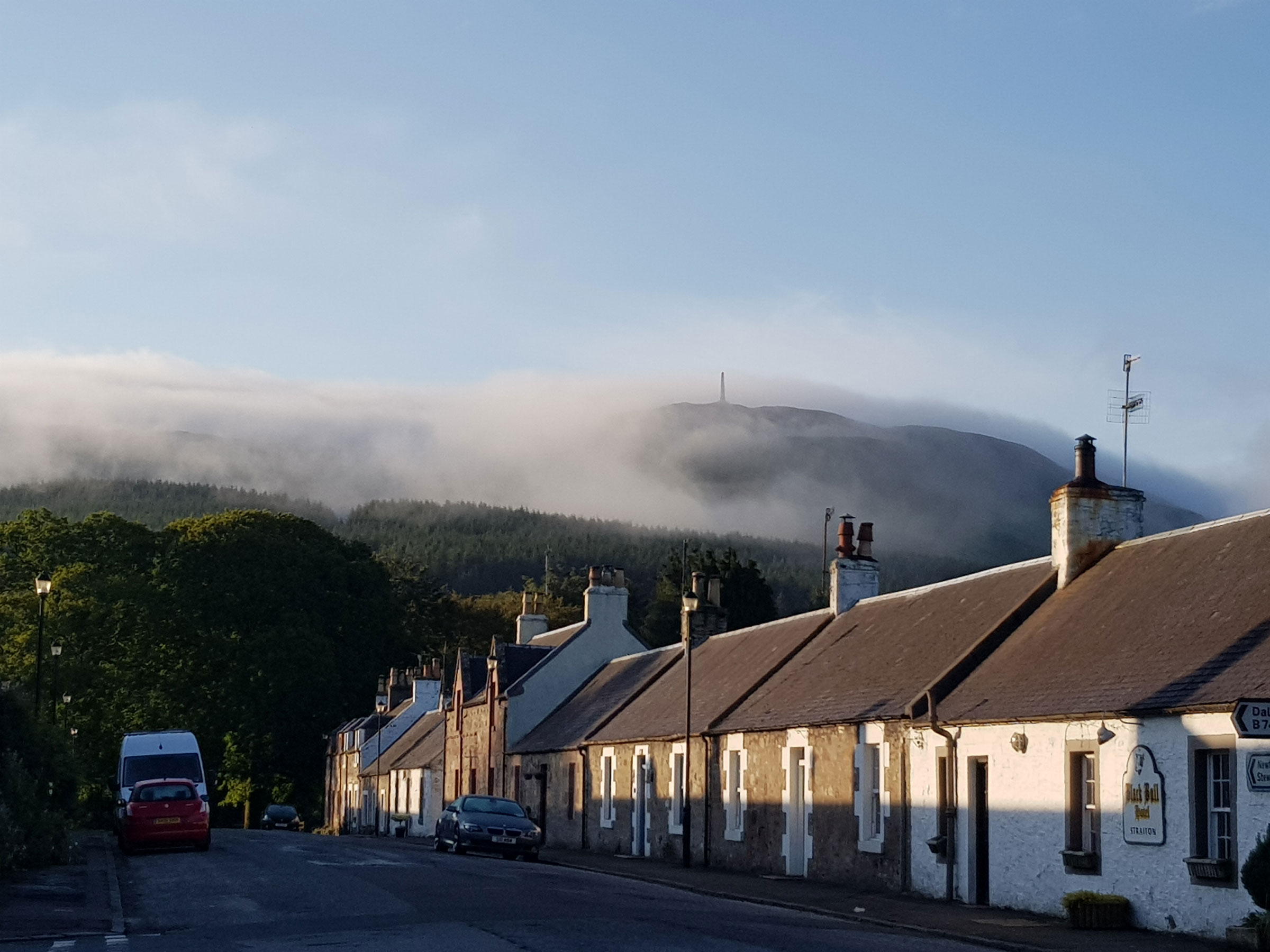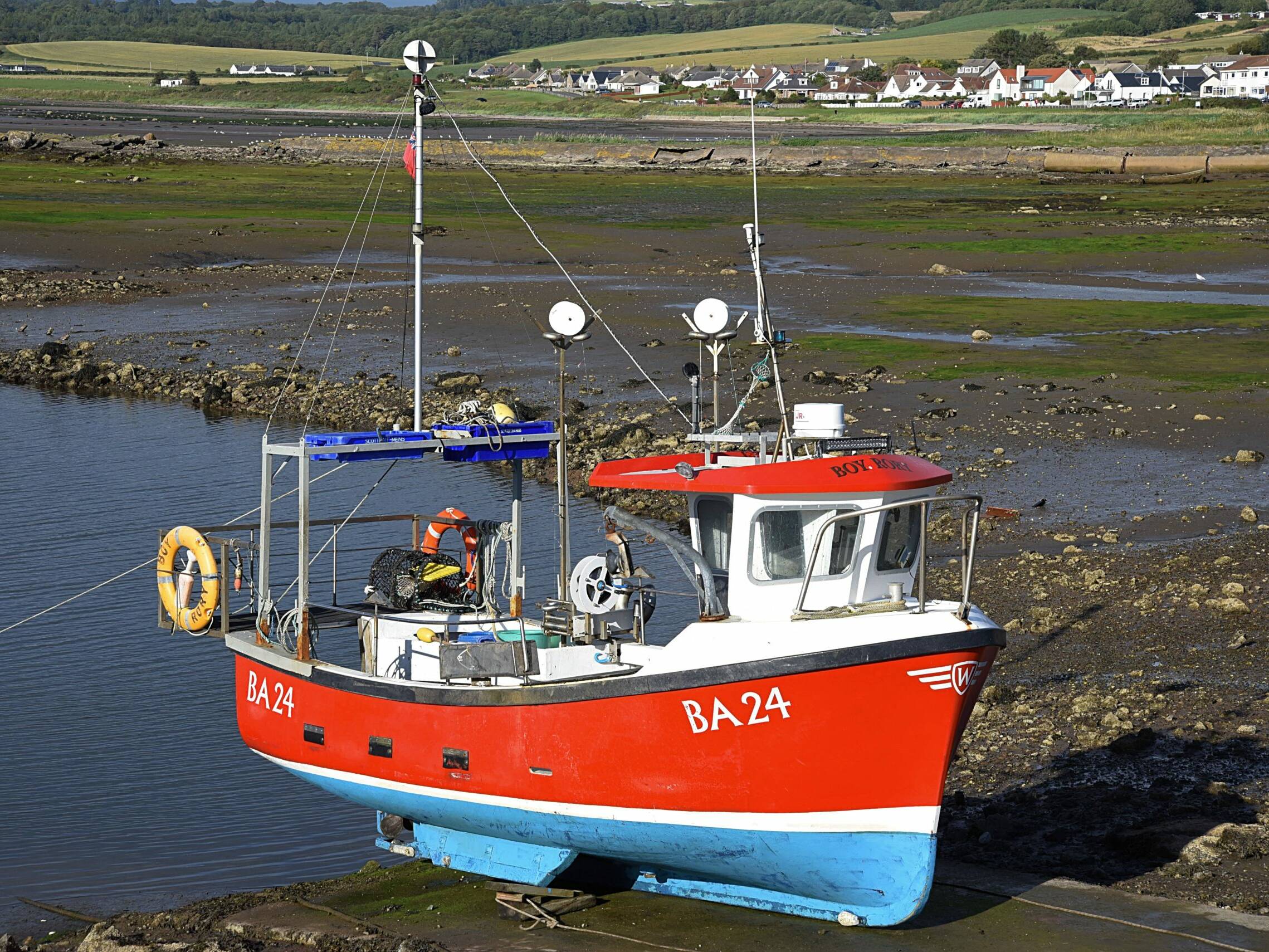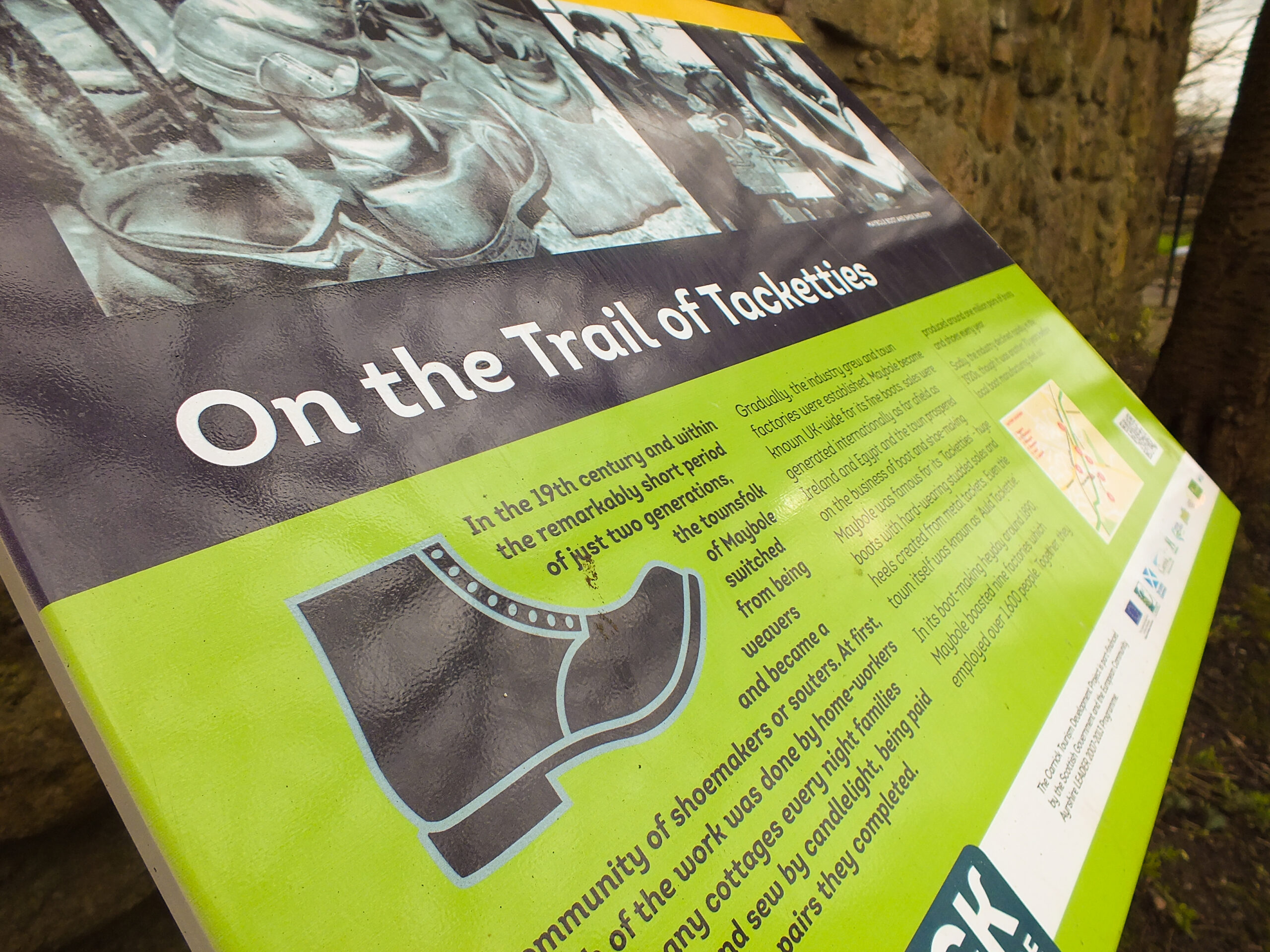North Carrick’s Rich Heritage & History
North Carrick has a wealth of history to explore – with Robert the Bruce and Robert Burns, covenanters and castles, there are a lot of stories to be told in Maybole and the surrounding villages.
Maybole functioned as the historic ‘Ancient Capital of Carrick’ and was the Market Town for the area.
North Carrick is now part of South Ayrshire county, and Carrick District.
For more information on the history of Maybole & North Carrick you can visit Maybole’s Website, or if you fancy getting involved you can check out Carrick History Society
Robert Burns…where it began
William Burness and Agnes Broun, parents of the poet, met for the first time in Maybole and married there on the 15th of December 1757. Robert Burns was born in Alloway on 25 January 1759.
Scotland’s National poet, ‘Rabbie Burns’ had his roots in Maybole, and lived in the famous house, built by his father just a few miles away in Alloway – Burn’s Cottage. You can find out more about Robert Burns and his Carrick heritage via the Burns Heritage Museum.
Visit Burns Birthplace Museum website here!
Kirkoswald is also a very significant location for fans of the National Bard, as it is said Burns spent a summer here when he was 16, in 1775. Souter Johnnie’s cottage is probably Kirkoswald’s most famous Burn’s link. Shoemaker, John Davidson, alongside his neighbour ‘Tam O’Shanter’ (Douglas Graham) were known for their excitable nights out after visiting the market in Ayr, and were well known friends in the village. Burns immortalised the pair in his masterpiece Tam O’Shanter. Souter Johnnie’s Cottage is now preserved by the National Trust for Scotland – Find out more about visiting the cottage here
For more information about Kirkoswald and it’s links with Rabbie Burns you can visit: Undiscovered Scotland
Find out more about Maybole & North Carrick's Villages
Ailsa Craig
'Paddy's Milestone'
The spectacular rock of Ailsa Craig has provided South Ayrshire with an iconic postcard image for many years.
Lying 13 miles south of the Isle of Arran, the rock lies half way between Belfast and Glasgow – hence the affectionate nickname; Paddy’s Milestone. The rock itself is said to be the plug of an ancient volcano.
In Gaelic, Ailsa Craig is known as ‘Fairy Rock’, and in medieval times renegade monks were exiled to the island from Crossraguel Abbey. The rock is also famous for providing granite for high quality curling stones during the 20th Century.
Today the island serves as a haven for seabirds and provides a picturesque horizon for beach walks in North Carrick.
Carrick's Royal Roots
Robert the Bruce was the first son of Robert de Brus, 6th Lord of Annandale (d. 1304) and Marjorie, Countess of Carrick, (d. 1292) daughter of Niall, Earl of Carrick. His mother was a formidable woman who, legend has it, kept Robert Bruce’s father captive until he agreed to marry her. Robert inherited the Earldom of Carrick from his mother and through his father a royal lineage that would give him a claim to the Scottish throne. The present Earl of Carrick is Prince William who inherited the title after his father became King.
William McGonagall
"the world's worst poet”
Robert Burns is not the only poet connected to North Carrick. The parents of the famous poet William Topaz McGonagall lived in Maybole for many years and William was born only a few months after they left Maybole.
McGonagall was coined ‘the world’s worst poet’ and was notorious for never seeming to understand metaphors and his insistence that poetry must rhyme.
The Boot & Shoe Industry in Maybole
Maybole saw an era of change, starting in 1838 when John Gray & Co opened their factory in the town. By 1901, 1645 of the 470 residents of the town were employed in one of the 9 boot and show factories – many of these employees had retrained from weaving to leatherwork. The area was particularly known for it’s heavy duty boots which were strong and studded with metal ‘tickets’ which earned them the nickname ‘tacketties’. Production of shoes and boots peaked in Maybole around 1890, and by 1924 the industry had changes once more and production began to stop. ‘Goudie’s’ on Whitehall is named after Dick Goudie (1912-2002), who was the last boot maker in Maybole. Once the “boot and shoe capital of the British Empire”, Maybole and North Carrick also has strong connections with US President Eisenhower.
